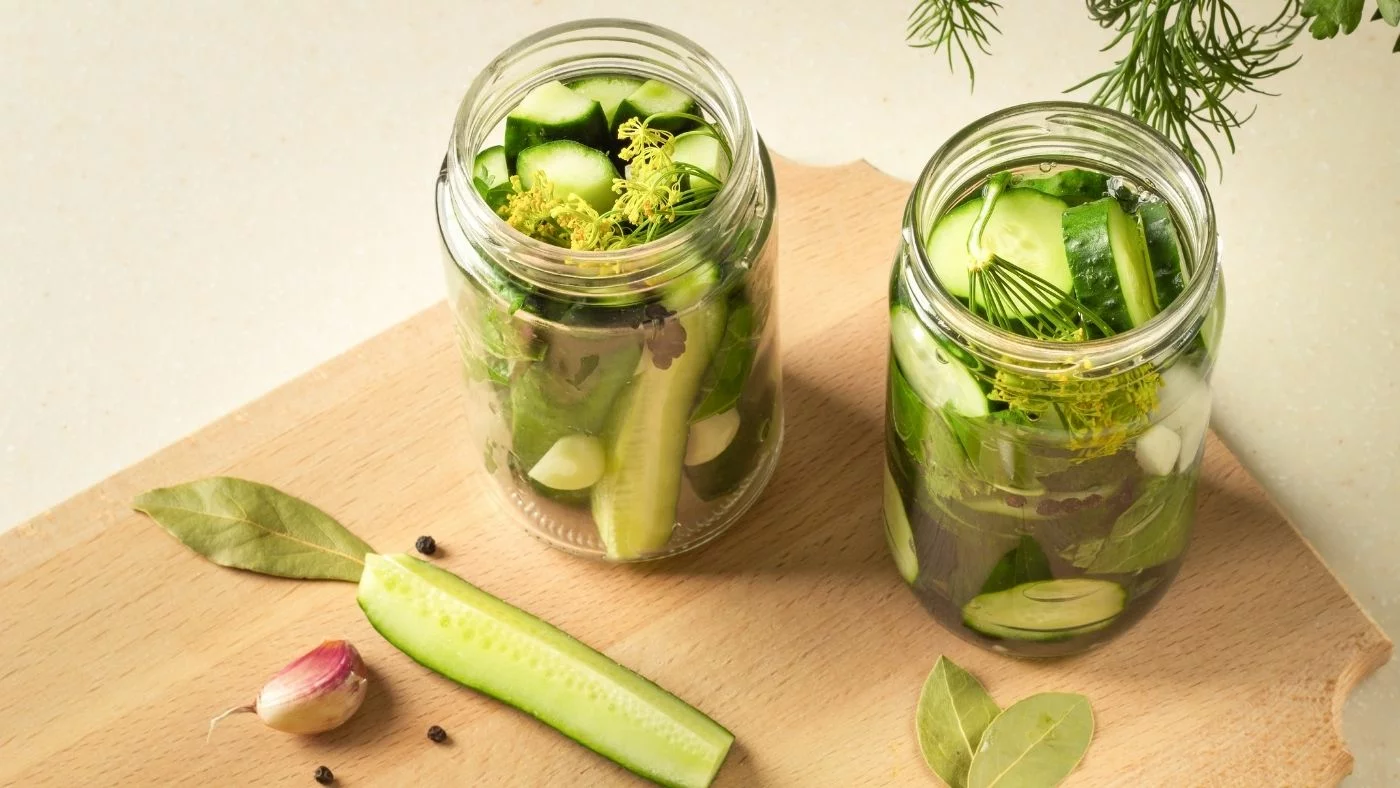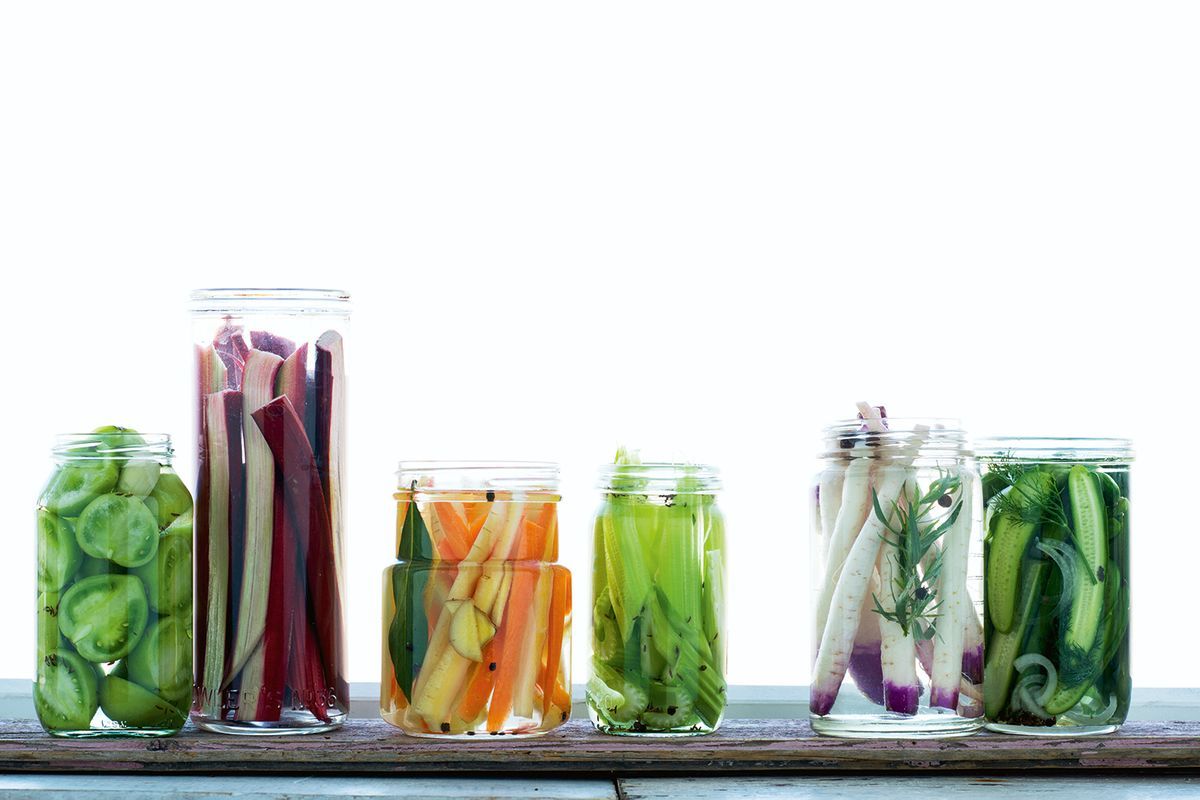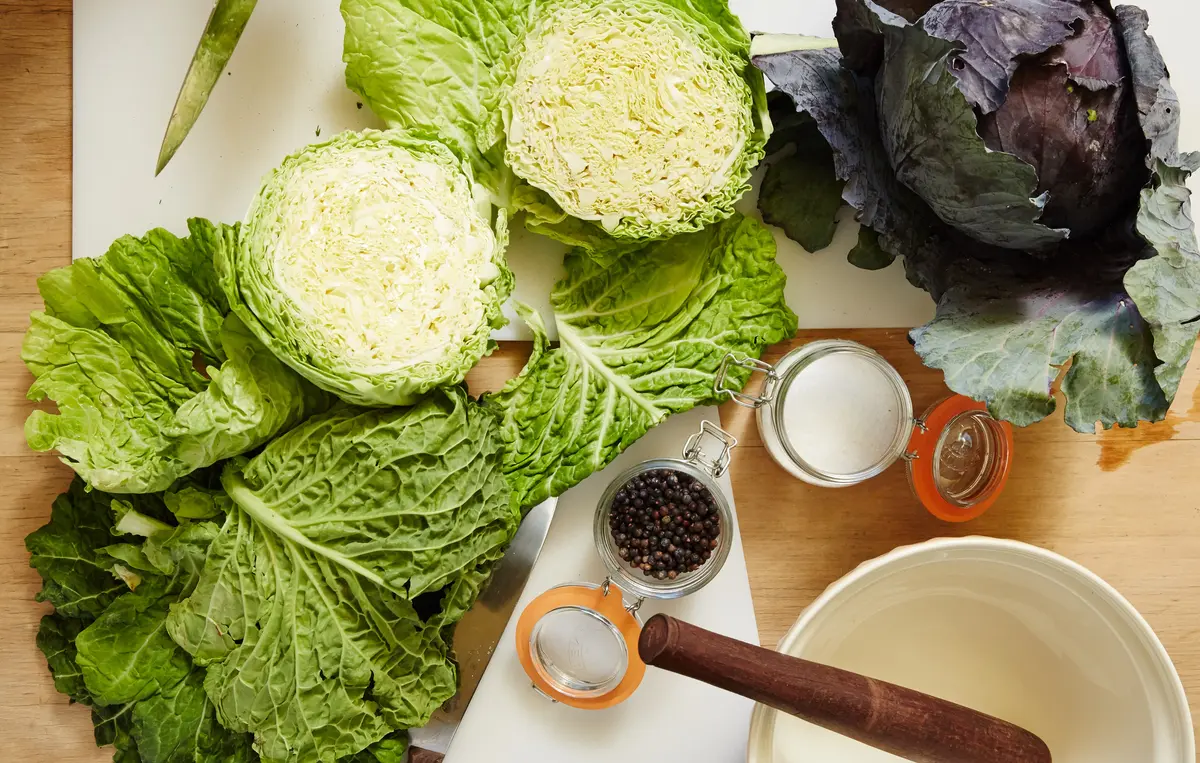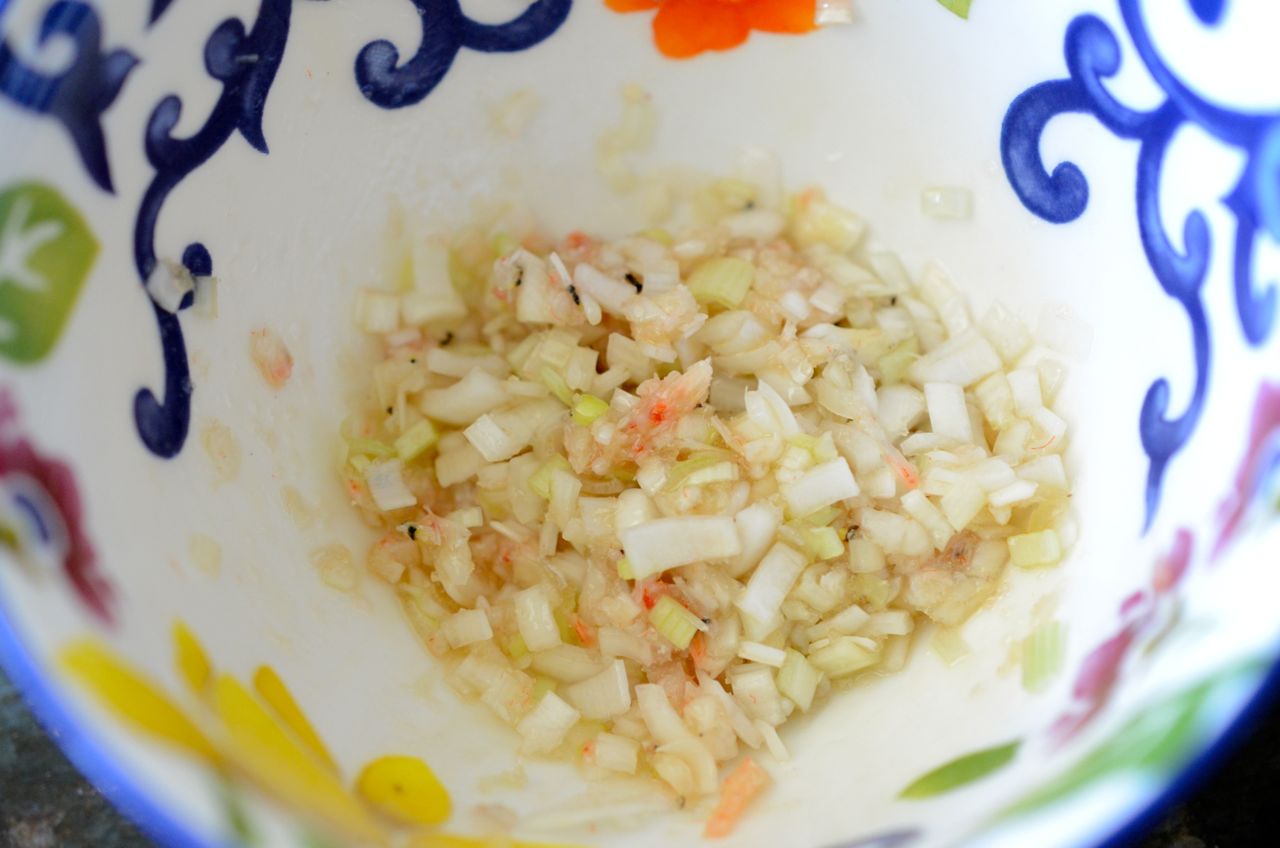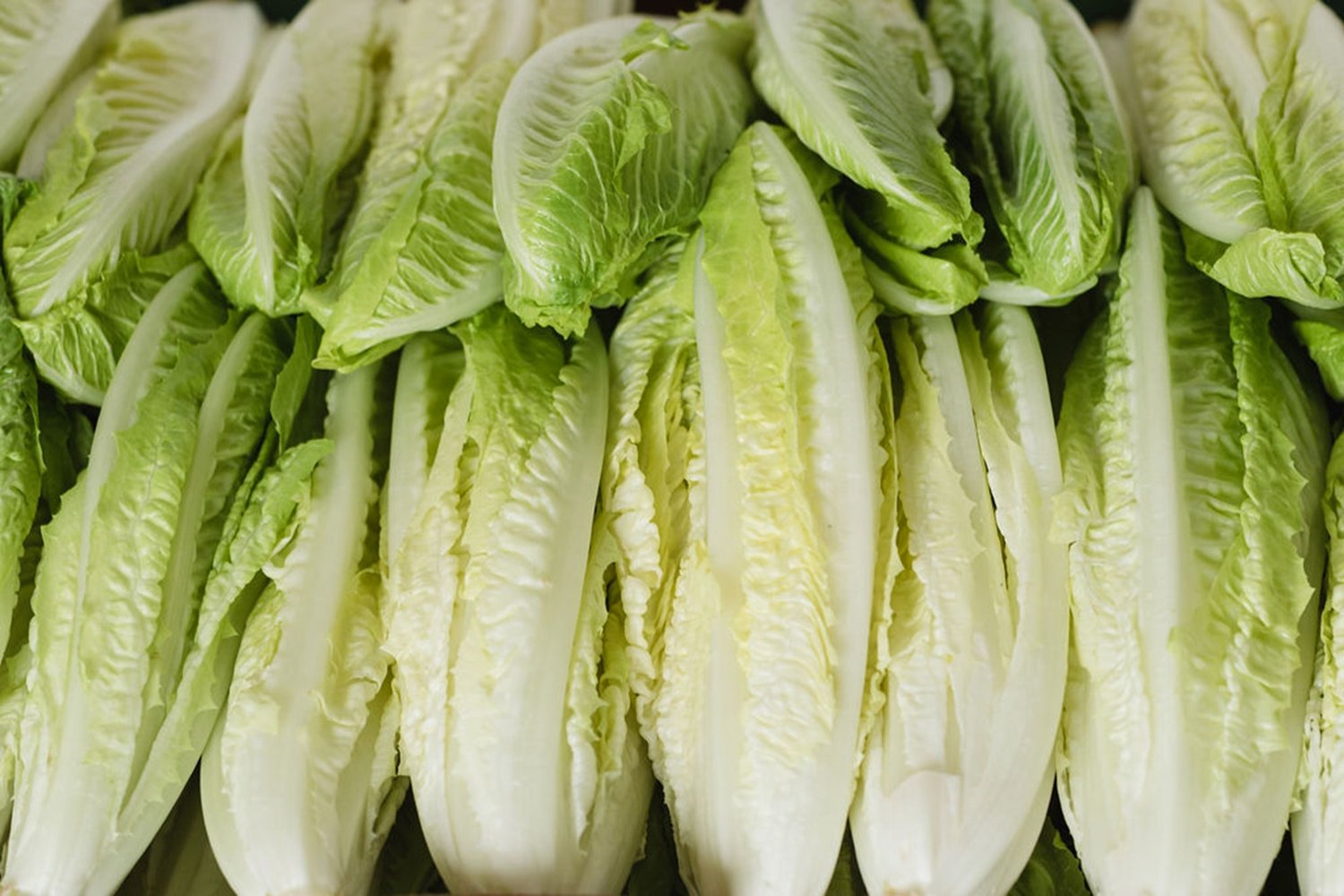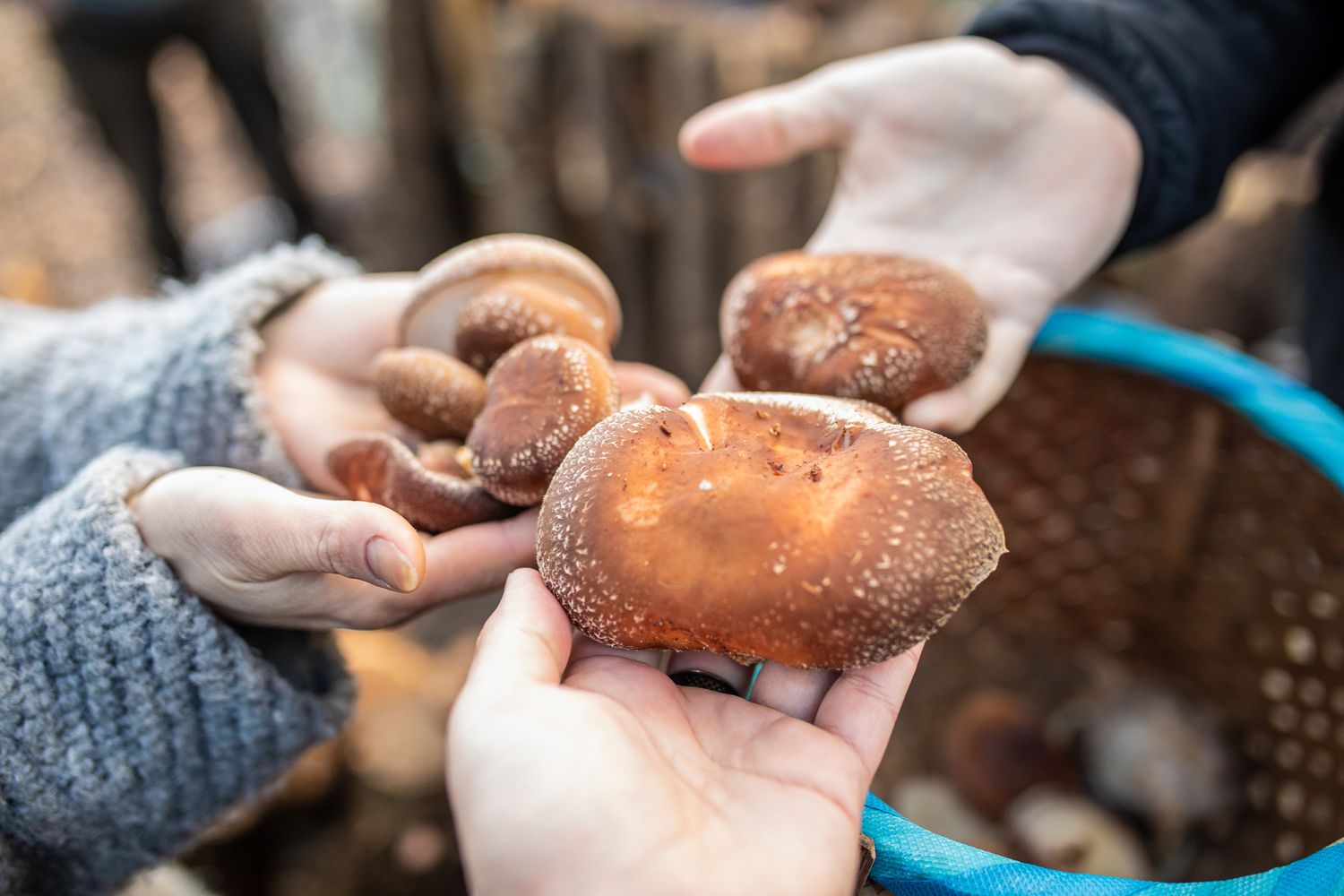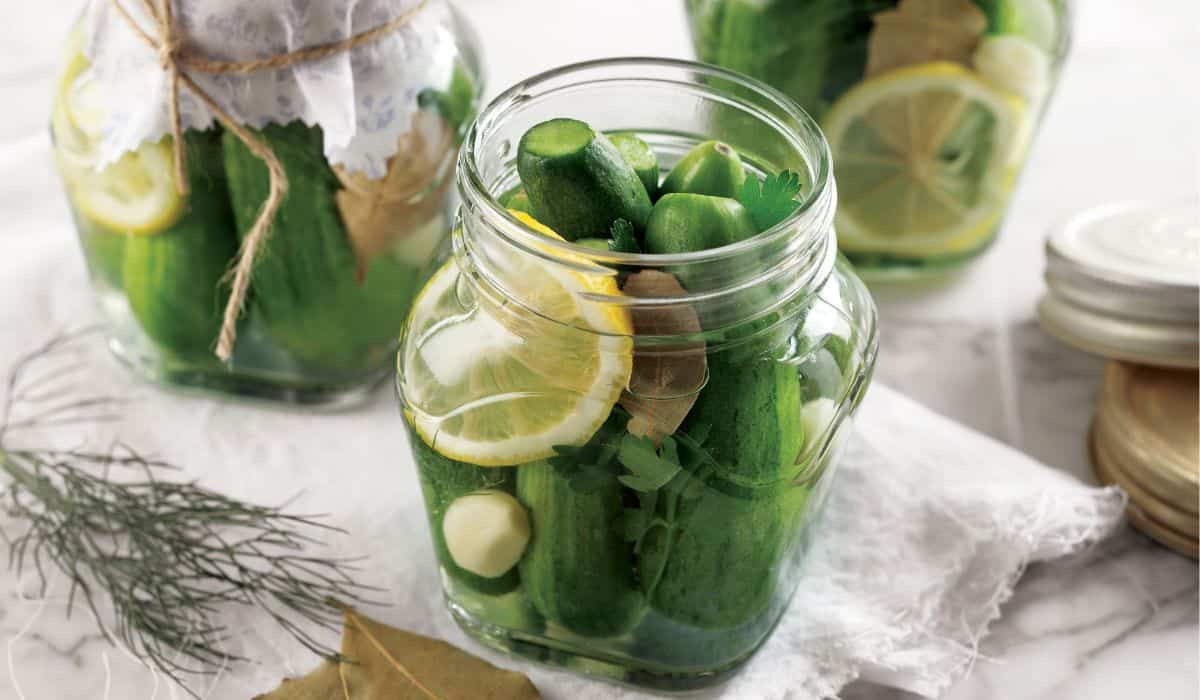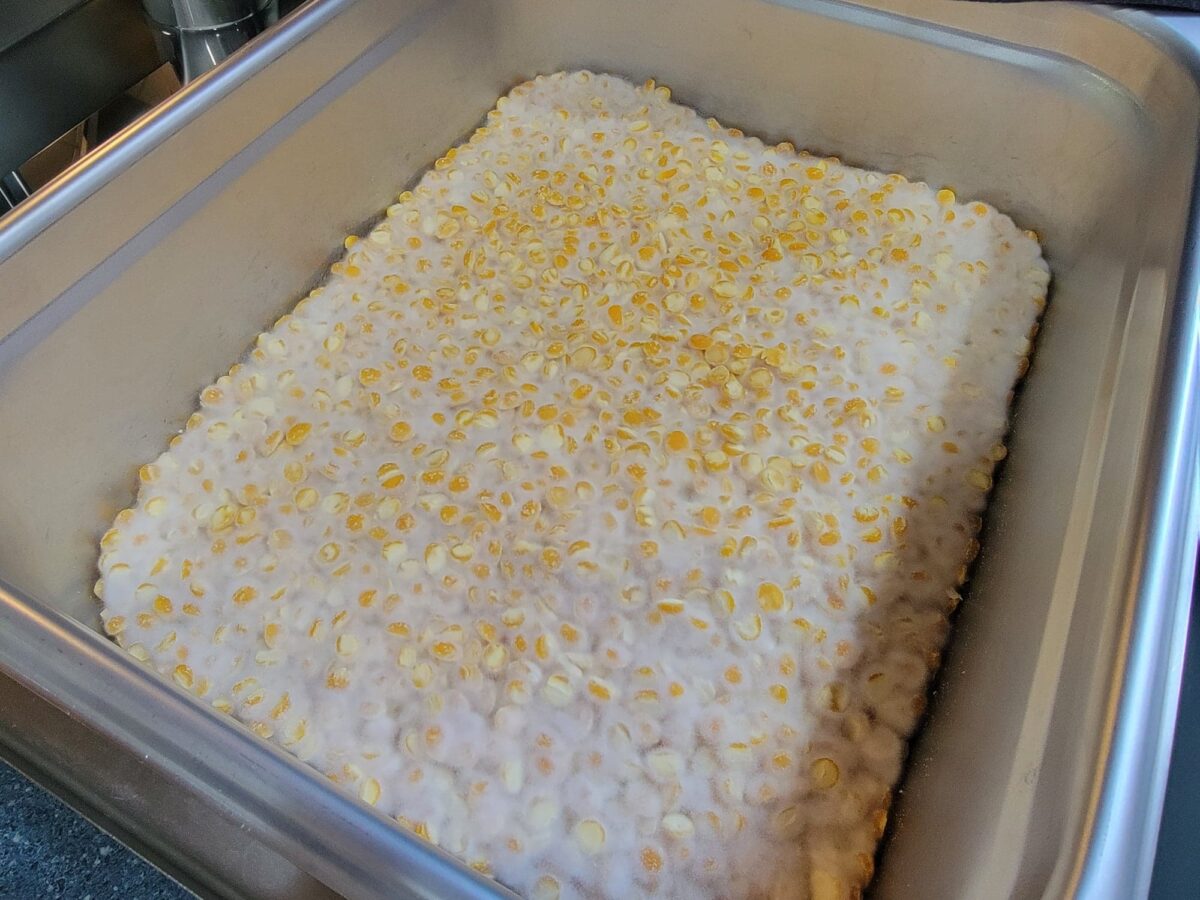What is Buckwheat Bread?
Buckwheat bread is a delicious and nutritious alternative to traditional bread. It is made from buckwheat flour, which is naturally gluten-free and packed with essential nutrients. One of the unique aspects of buckwheat bread is the fermentation process, which not only enhances the flavor but also makes it easier to digest.
Why Ferment Buckwheat Bread?
Fermentation is a natural process that involves the breakdown of carbohydrates and other compounds by microorganisms like yeast and bacteria. When it comes to buckwheat bread, fermenting the dough helps to:
- Improve the texture and flavor
- Make the nutrients more bioavailable
- Break down antinutrients, making it easier to digest
Ingredients for Fermented Buckwheat Bread
To make fermented buckwheat bread, you will need the following ingredients:
- Buckwheat flour: Choose high-quality, organic buckwheat flour for the best results.
- Water: Use filtered water at room temperature.
- Sea salt: Enhances the flavor and supports the fermentation process.
- Natural leaven: This can be a sourdough starter or a fermented buckwheat flour mixture from a previous batch.
Steps to Ferment Buckwheat Bread
Follow these simple steps to ferment buckwheat bread at home:
- Mix the ingredients: In a large bowl, combine the buckwheat flour, water, sea salt, and natural leaven. Mix until a sticky dough forms.
- Cover and ferment: Cover the bowl with a clean kitchen towel and let the dough ferment at room temperature for 12-24 hours. During this time, the natural leaven will work its magic, creating bubbles and developing the flavor.
- Shape the dough: After the fermentation period, the dough will be airy and slightly risen. Gently shape it into a loaf or place it in a bread pan for baking.
- Bake: Preheat your oven, then bake the buckwheat bread until it is golden brown and sounds hollow when tapped on the bottom.
- Cool and enjoy: Allow the bread to cool completely before slicing. Enjoy it with your favorite toppings or use it for sandwiches and toast.
Tips for Success
Here are some tips to ensure your fermented buckwheat bread turns out perfectly:
- Use a kitchen scale: For the best results, weigh your ingredients using a kitchen scale rather than relying on volume measurements.
- Monitor the fermentation: Keep an eye on the dough during the fermentation process. The time needed may vary based on factors like room temperature and the activity of your natural leaven.
- Experiment with flavors: Add herbs, seeds, or spices to the dough to customize the flavor of your buckwheat bread.
- Store properly: Once cooled, store the bread in a paper bag or cloth to maintain its texture and crust.
In Conclusion
Fermenting buckwheat bread is a simple yet rewarding process that yields a flavorful and nutritious loaf. By allowing the dough to ferment, you can enhance its nutritional profile and create a unique, artisanal bread that is perfect for those with gluten sensitivities. Give it a try and enjoy the delicious results of your fermented buckwheat bread!
Was this page helpful?
Read Next: How To Ferment Seeds From Pumpkin
